María Ángeles Fernández Cuesta (La Pinturitas)
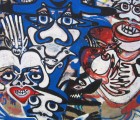
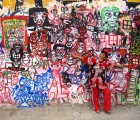
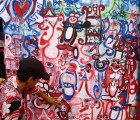
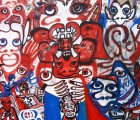
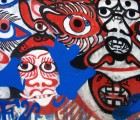
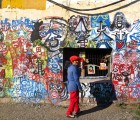
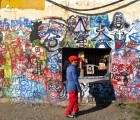
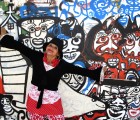
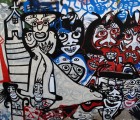
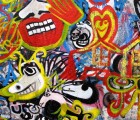

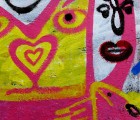
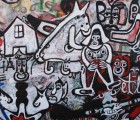


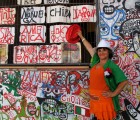
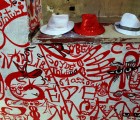
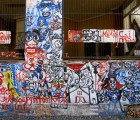
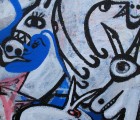
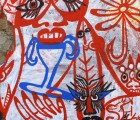
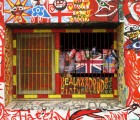
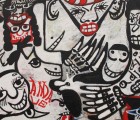
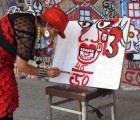
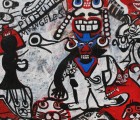
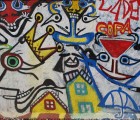
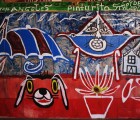

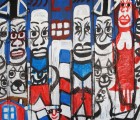
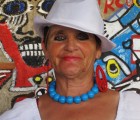

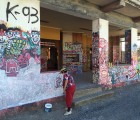
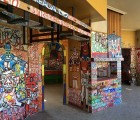
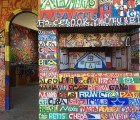
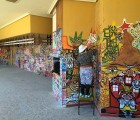
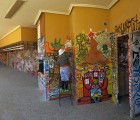
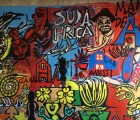
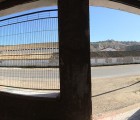
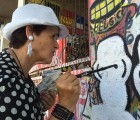

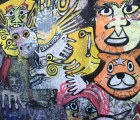
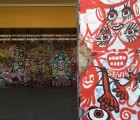
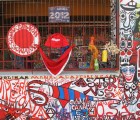
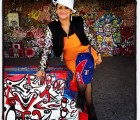
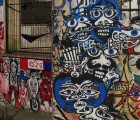
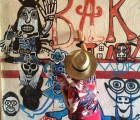
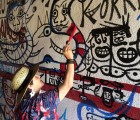
About the Artist/Site
Born in Toledo, María Ángeles Fernández had a relatively typical youth until her mother died in childbirth with a younger sibling, an obviously traumatic situation on many levels for the family and for María Ángeles. When she was 10 or 12 years old, she moved to Arguedas with her father, necessitating a change in her schooling, which may have also been disruptive. Later, she married Miguel, whom she’d met locally; they had three children early on, and a fourth much later. Although they shared deep bonds, they had a difficult life together.
She became known by the villagers as La Pinturitas, due to her tendency to cover her face with elaborate makeup. Then, in 2000, she compulsively began to paint, a creative activity that seemed to grow out of her psychological troubles and appeared to bring her some tranquility and help her to sleep better. She chose not to paint on canvas or board, but instead, after receiving permission from the owner, began to obsessively cover the walls of an abandoned restaurant located in the outskirts of the small village of Arguedas in the province of Navarra. At first using tiny pots of watercolor paints typically used by children, she covered a wall that measured around fifty meters long and six meters high. At first her images represented those villagers who she felt had mocked her. Yet she was never content with what she created, and she continued—and continues—to constantly paint and repaint the expanses with a variety of representative motifs. Among these are expressionistic animal shapes and “grotesque” faces with staring, prominent eyes. The hair is often formed by such animal forms as bulls and birds, and the large lips often take the form of fish or snakes. In addition to the images, she adds words, stylized in the form of animals, to note the names of soccer players, or of personal or worldwide events that have impacted her. Everything is presented in strong, vibrant colors.
The first several years of her work La Pinturitas concentrated on the exterior walls of the façade; as they became saturated with paint, she would completely efface those images and begin again. Around two years ago, after the bars that protected the entrances to the building disappeared, her paintings began to invade the interior as well. At times now, she concentrates on the interior, to the detriment of the exterior façade. Found objects and signs enhance the spaces, and are interwoven among the remaining window bars, all painted with bright colors. She constantly notes her birthplace and updates her age on the walls, and paints up as high as she can reach.
The building that became her canvas remains uninhabited and unused, and, as demolition costs would be significant, it appears that it will remain in this condition at least for the foreseeable future. Too, the village’s inhabitants appear to have become reconciled to her and sympathetic to her work, and the mayor has also expressed a certain benevolence, so it is unlikely that he will instigate any action to prevent her from working. Therefore, for the moment, at least, La Pinturitas is able to paint without risk.
~Hervé Couton
Translated by Jo Farb Hernández
Map & Site Information
56 Calle Carretera Nueva
Arguedas, Navarre, 31513
es
Latitude/Longitude: 42.1746213 / -1.5979727
Nearby Environments


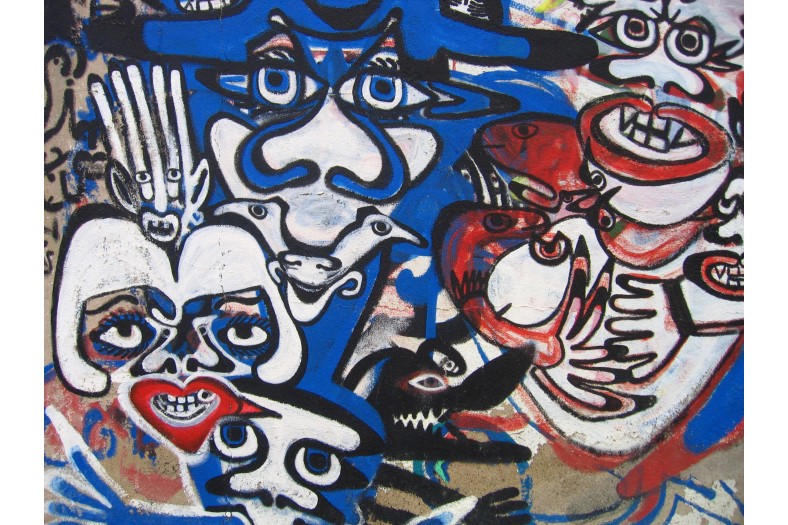

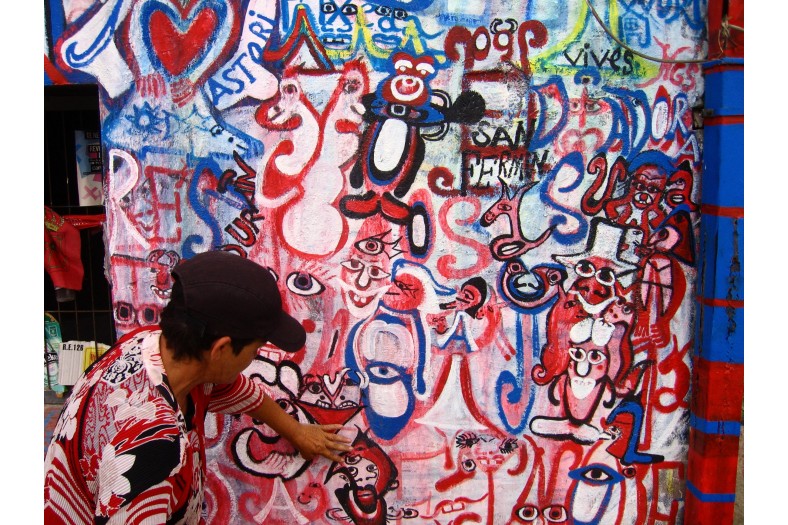

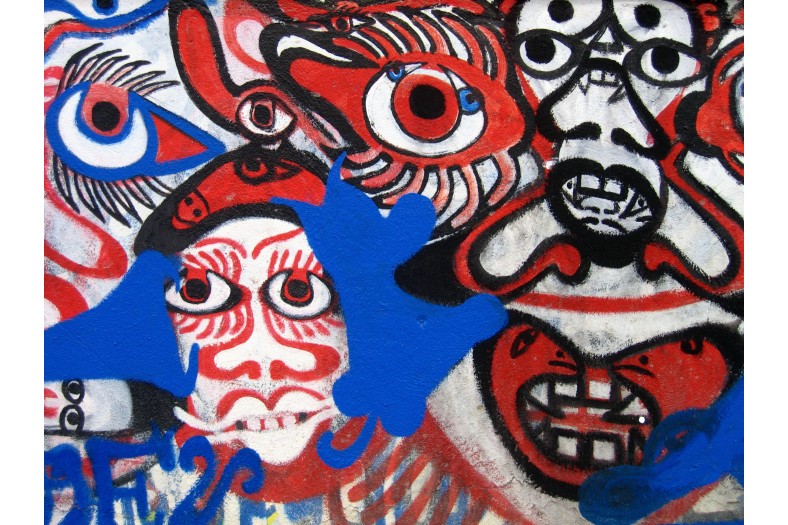
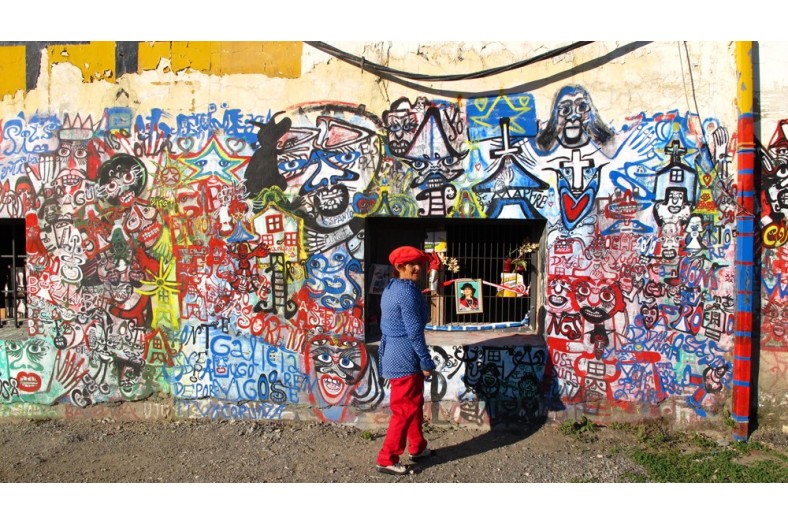
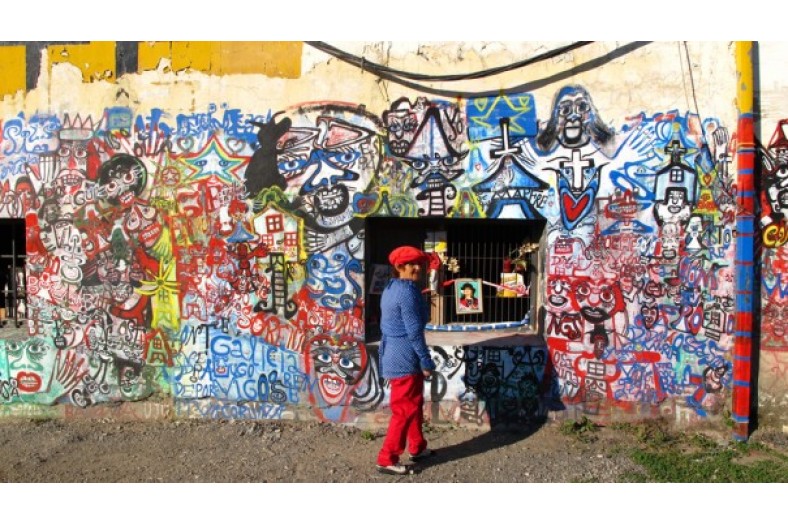
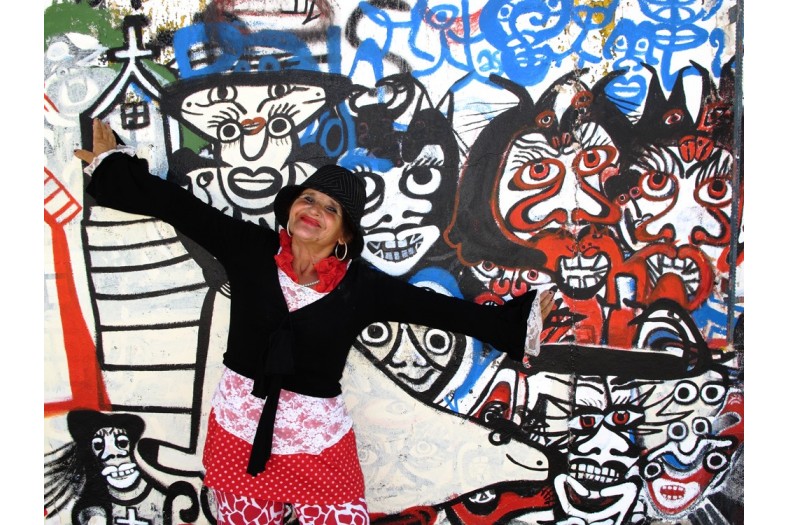
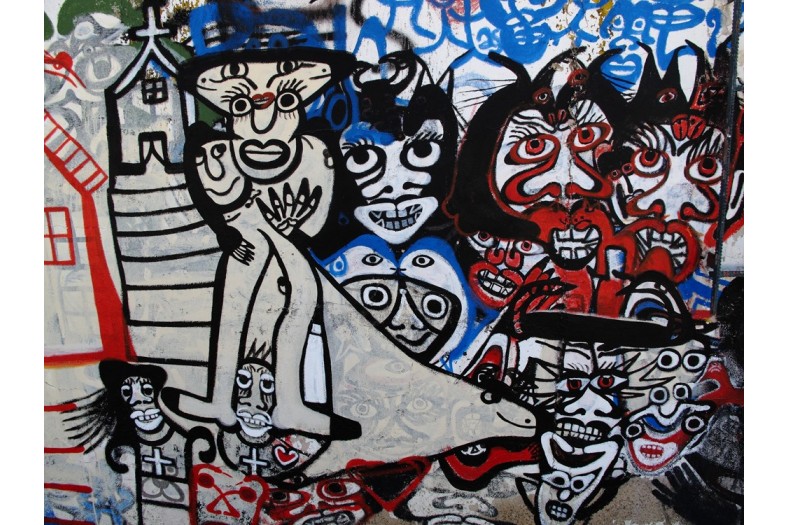
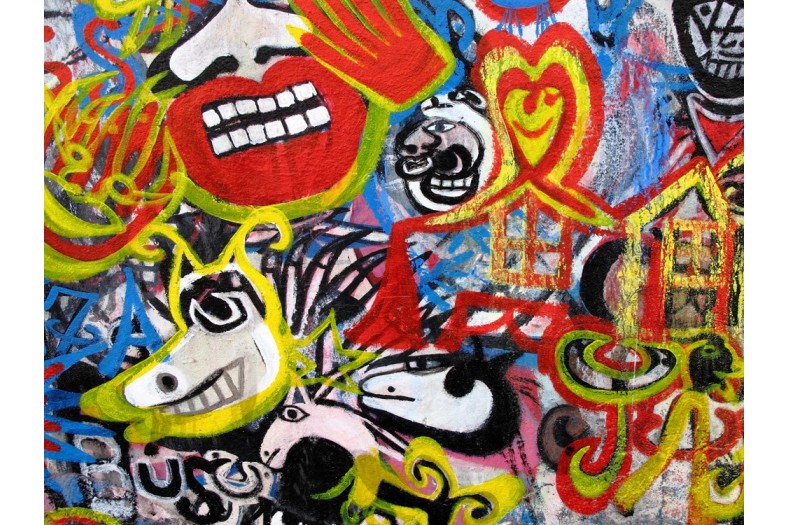
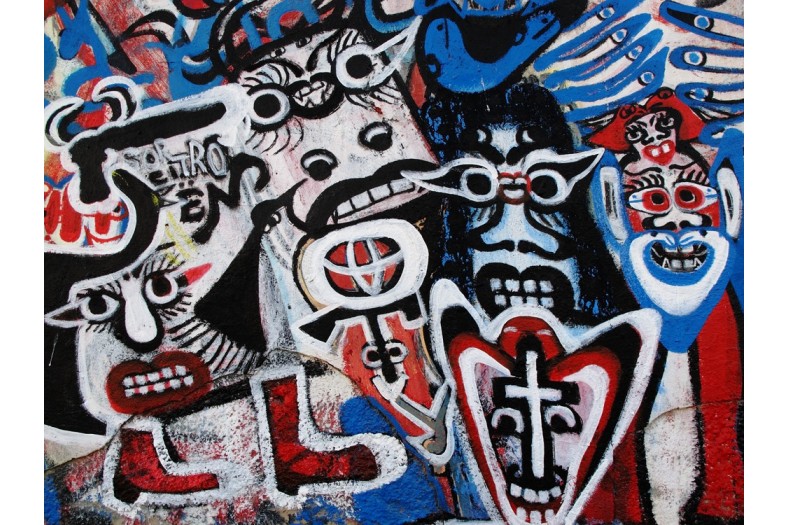
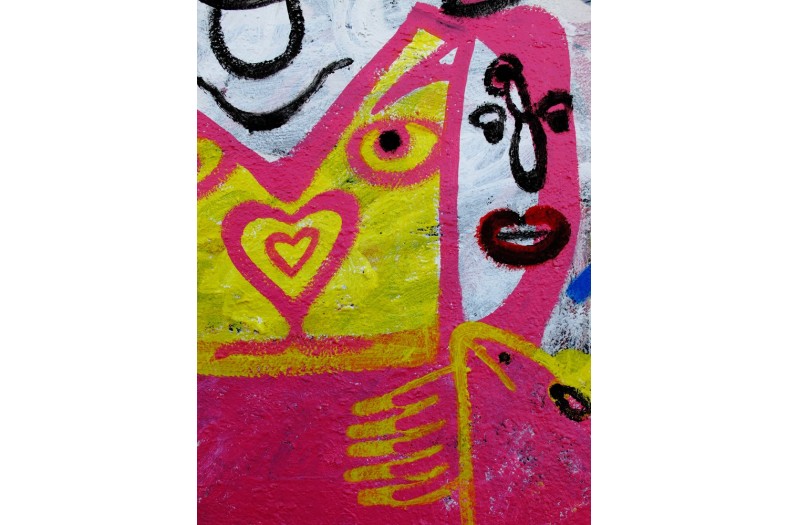
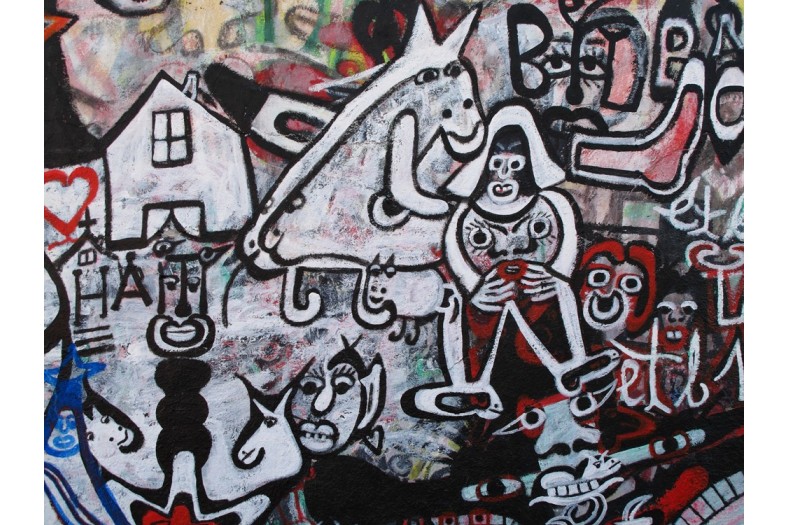
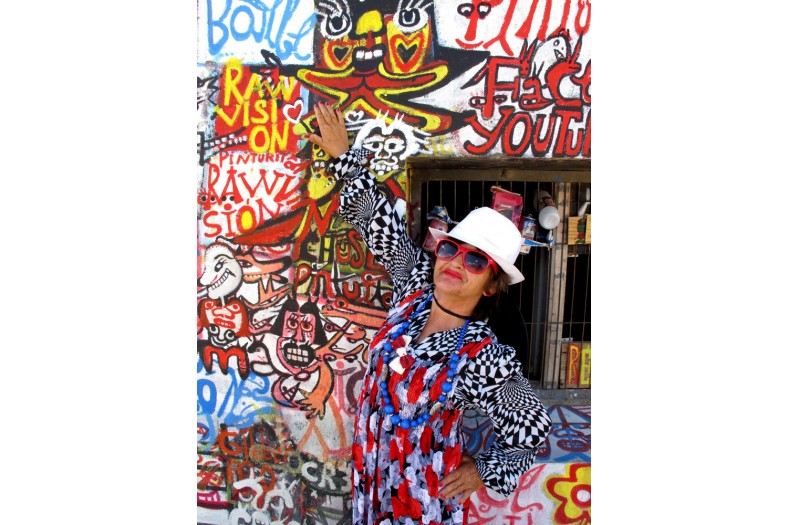
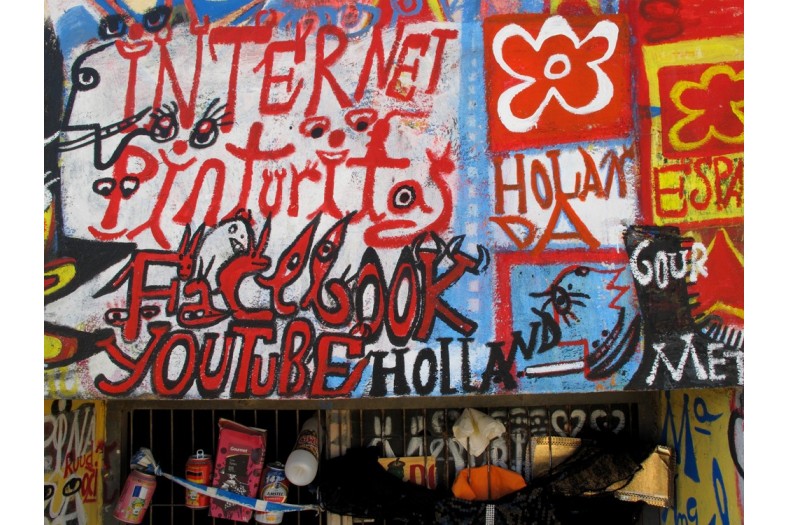
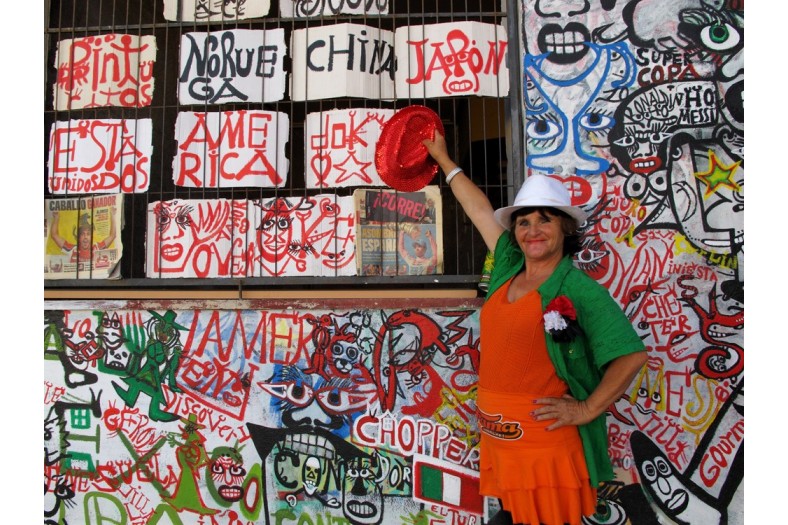
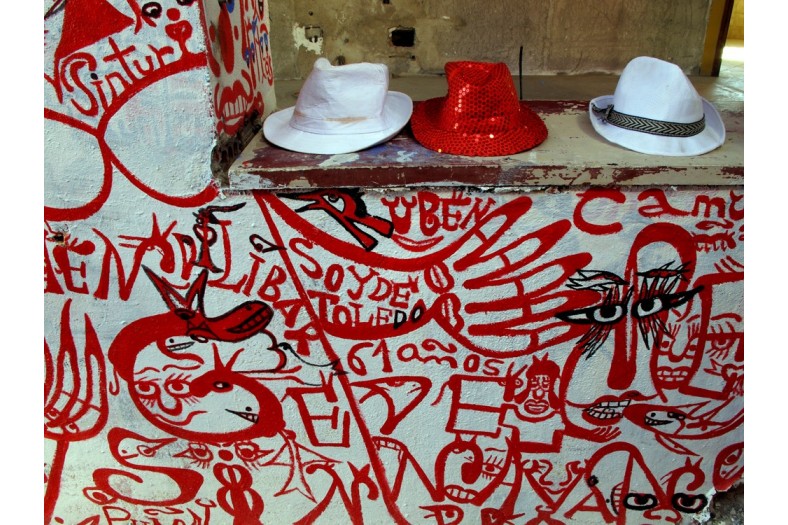
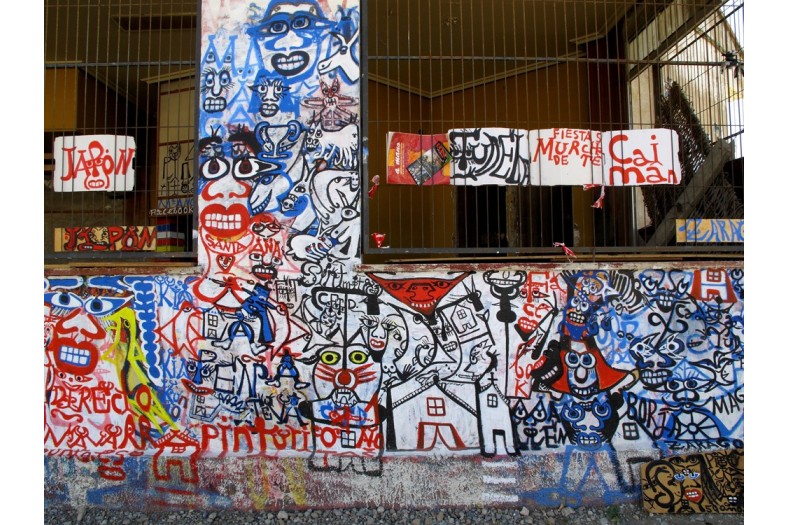
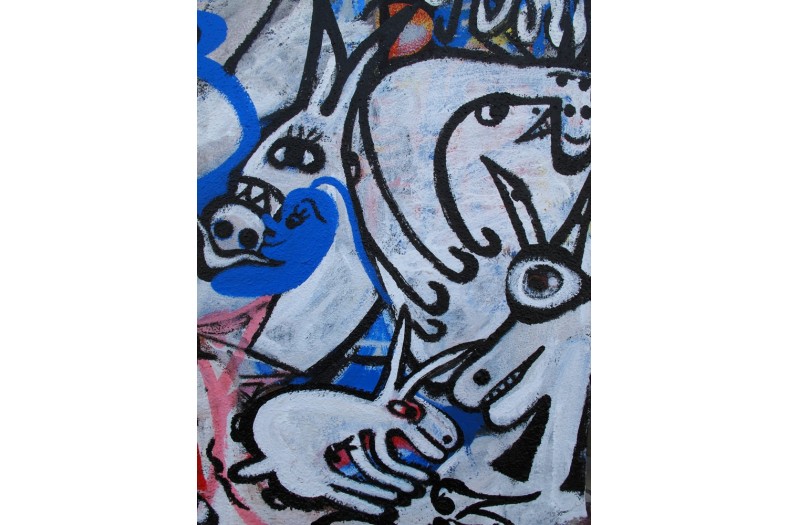
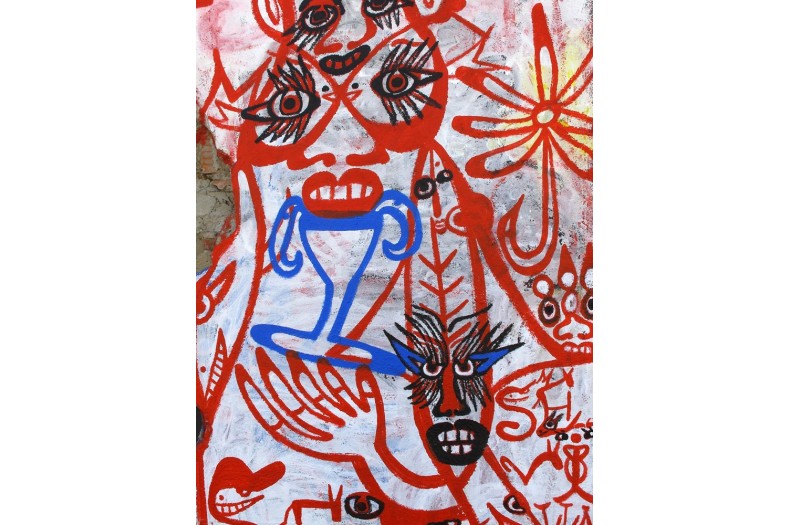
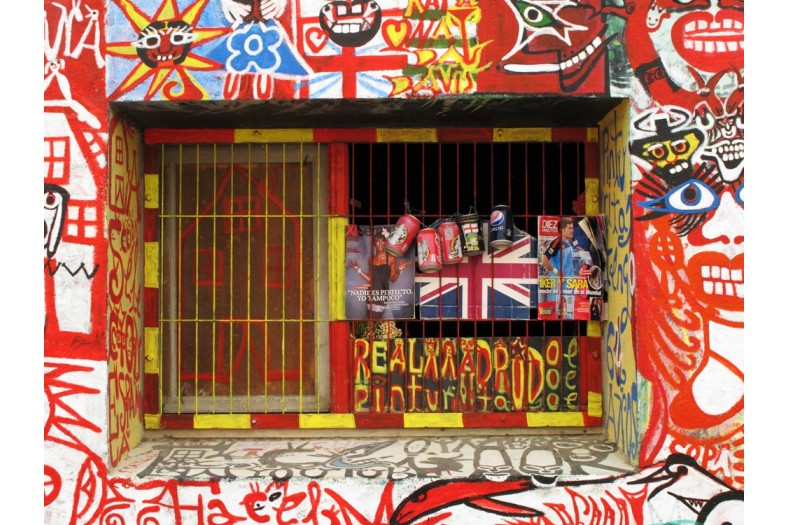
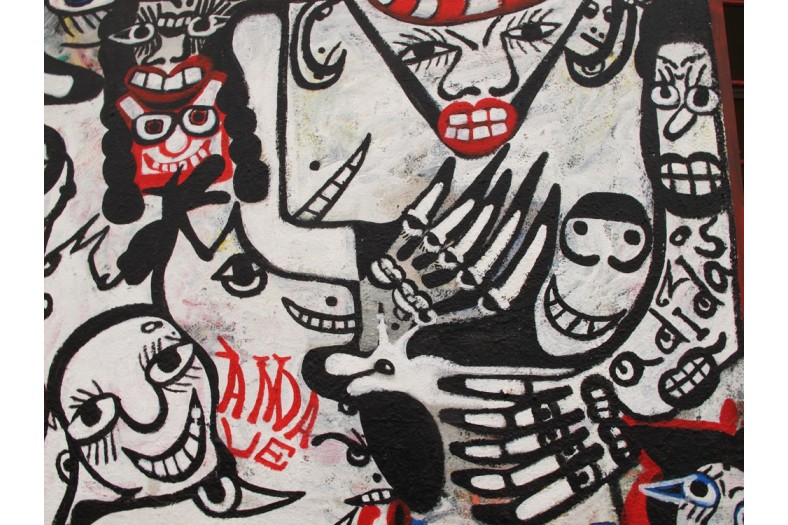
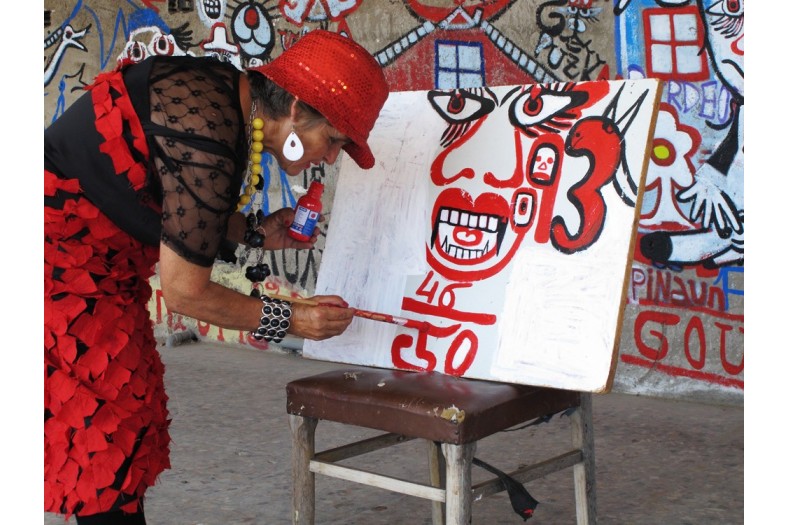
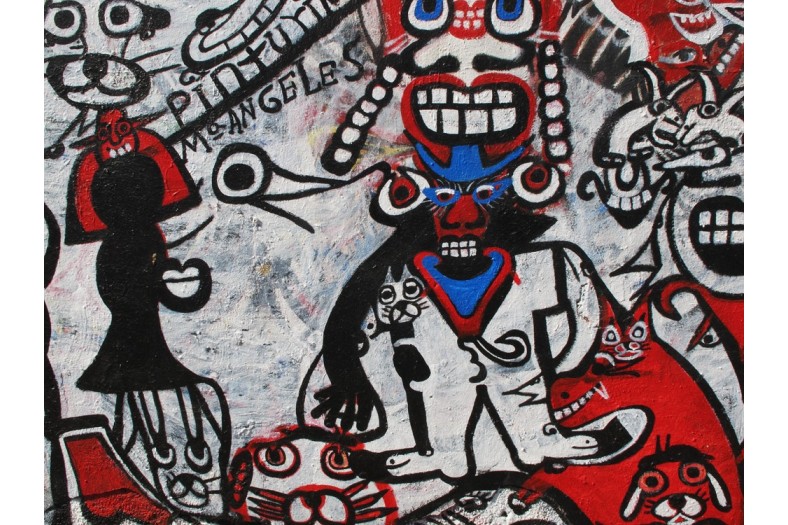
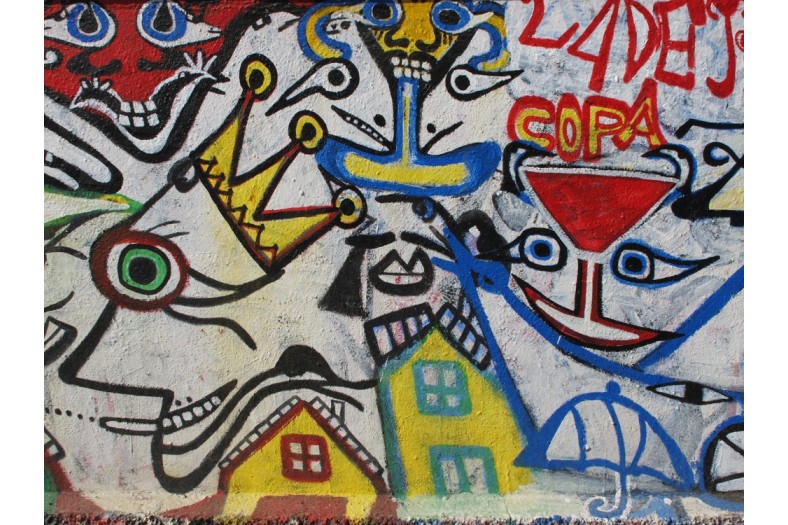

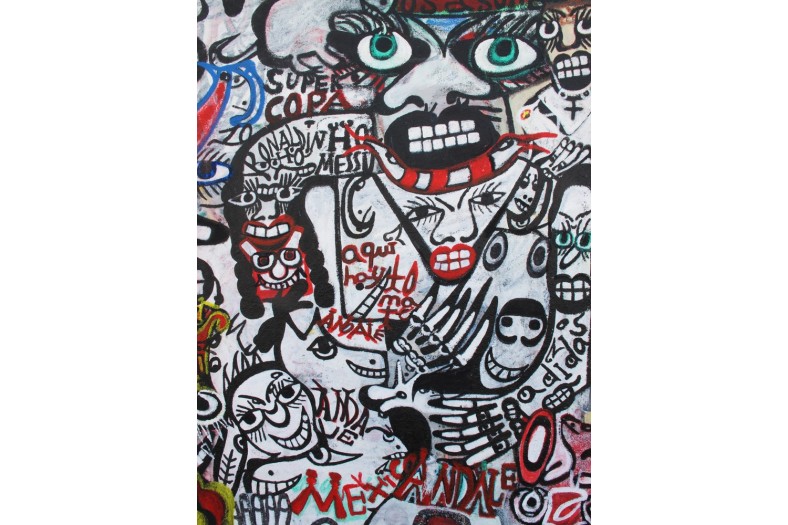
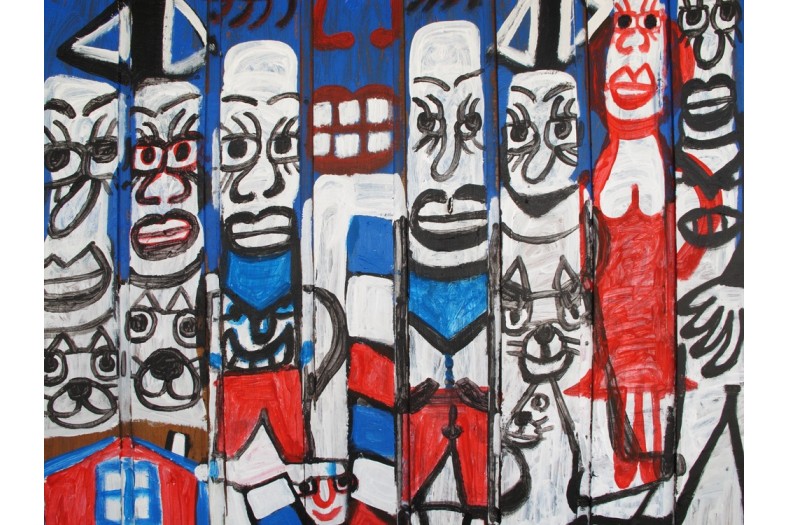
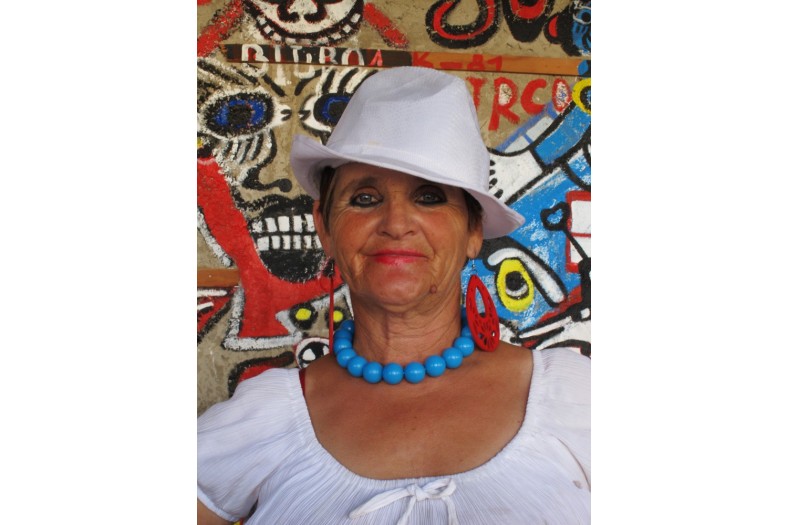
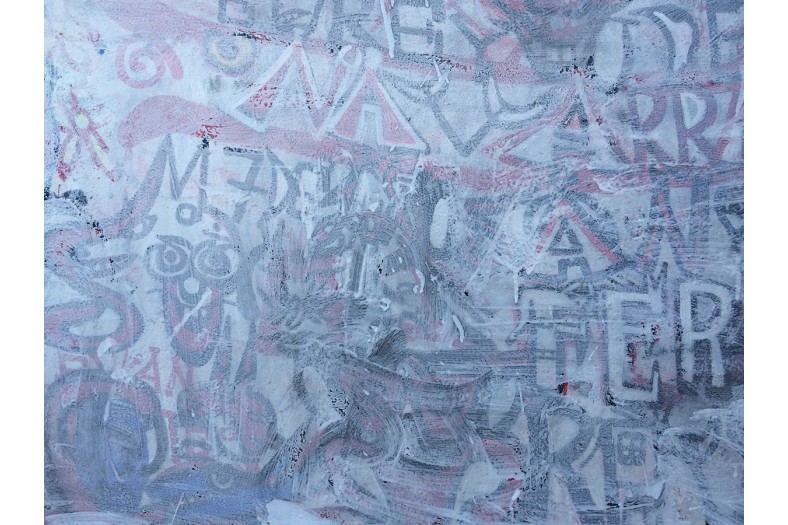
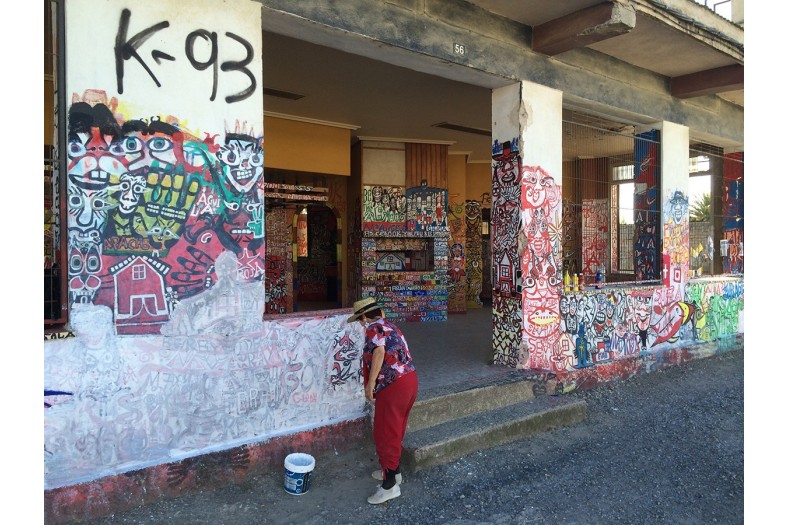
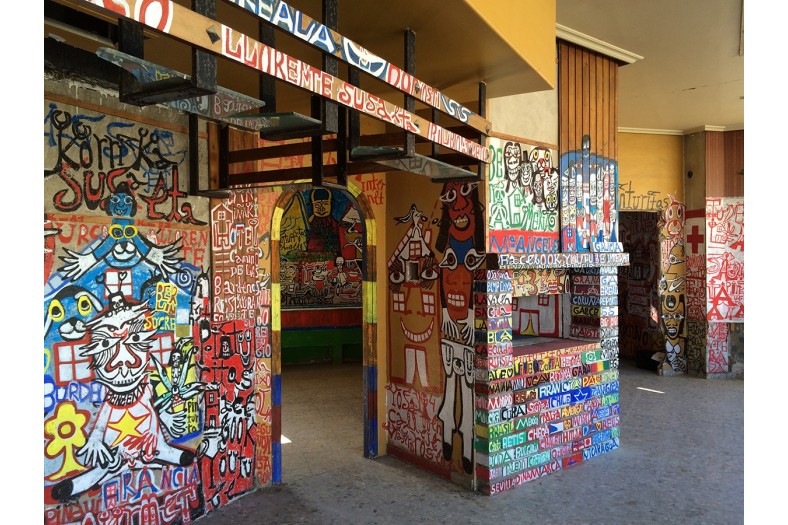
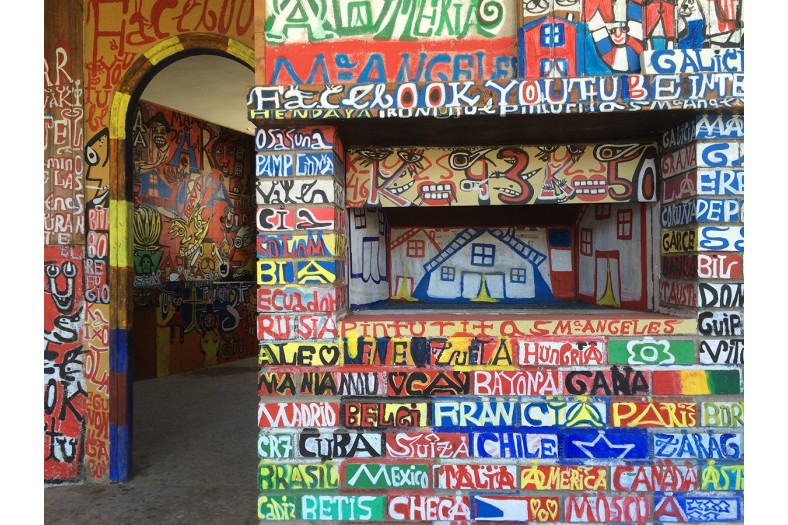
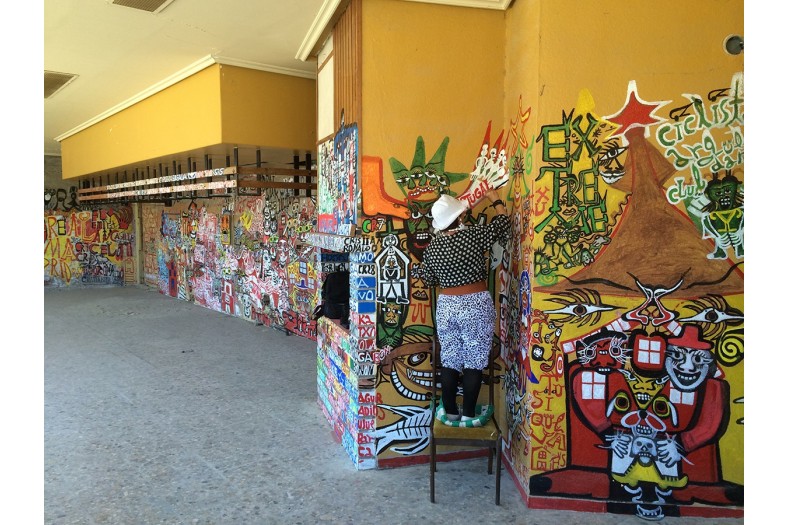

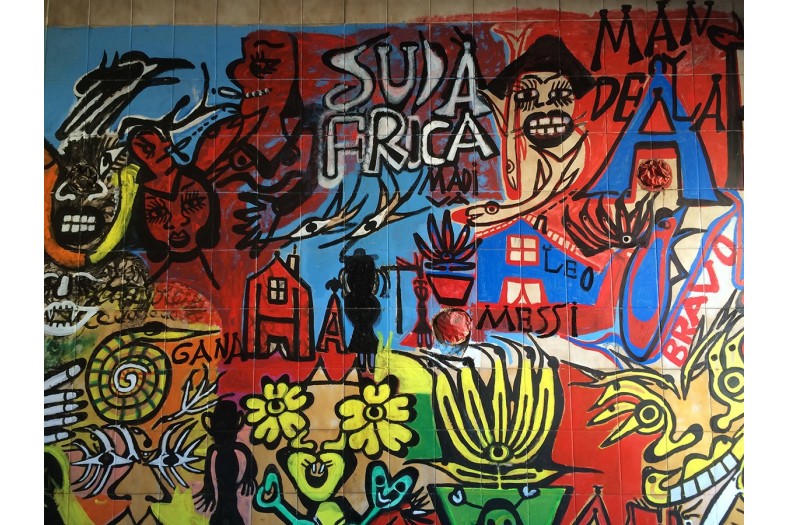
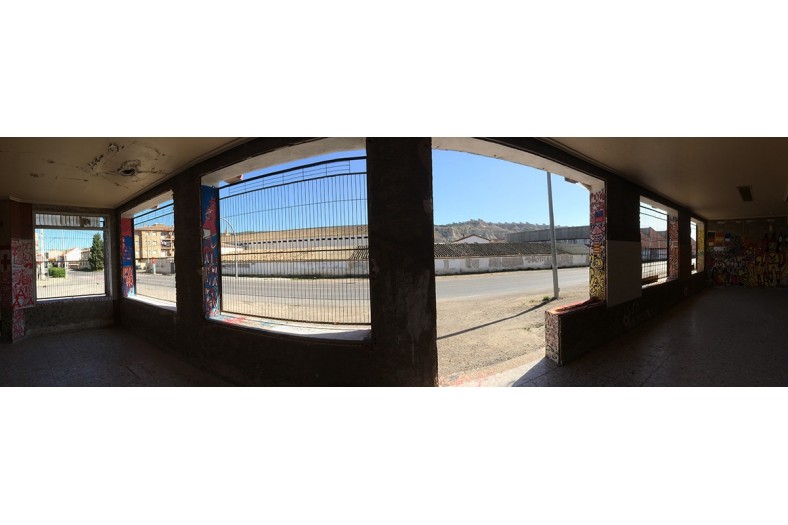
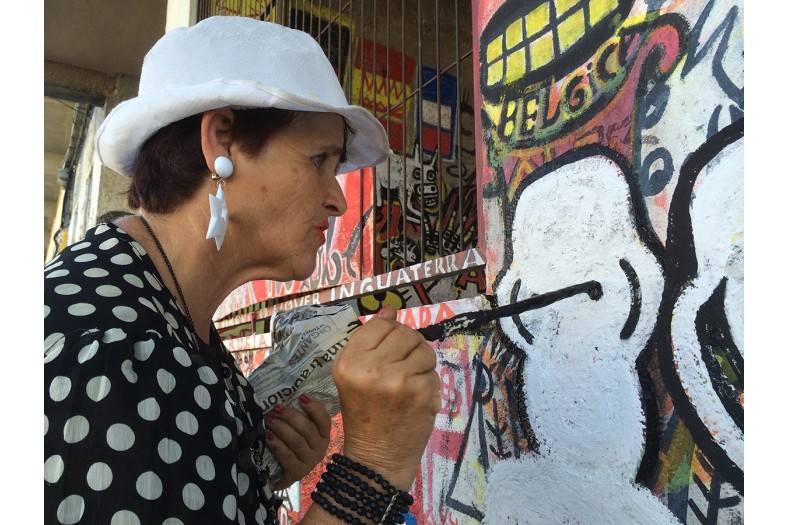
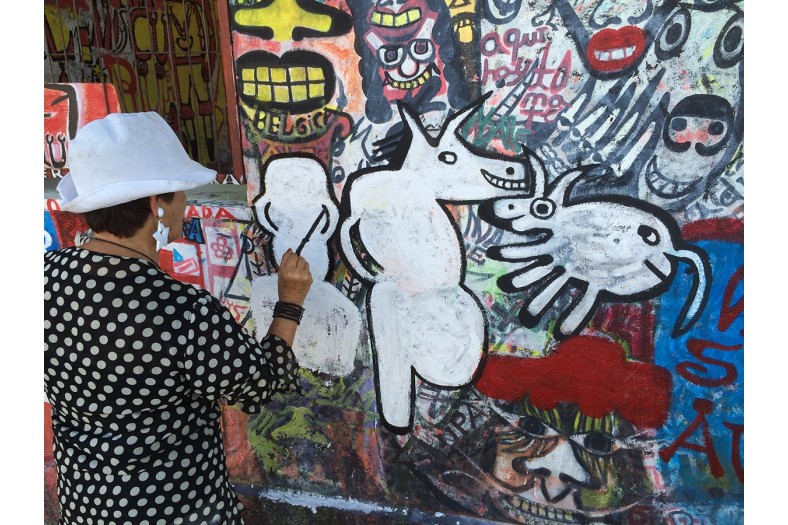
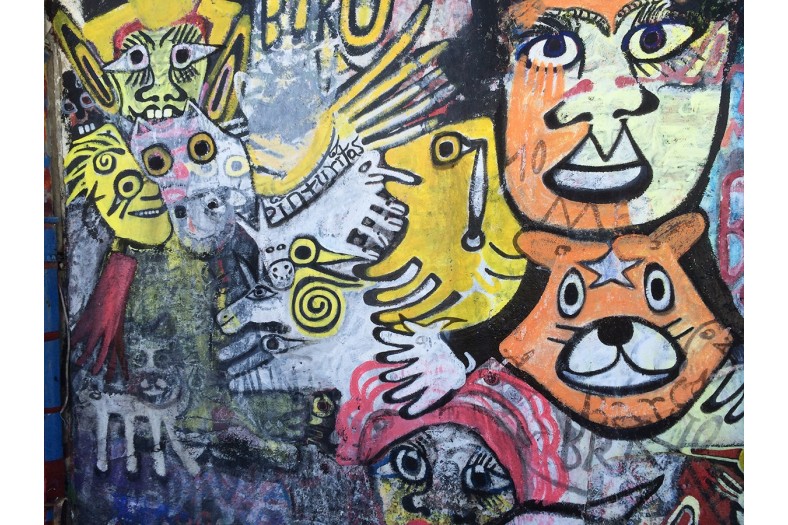
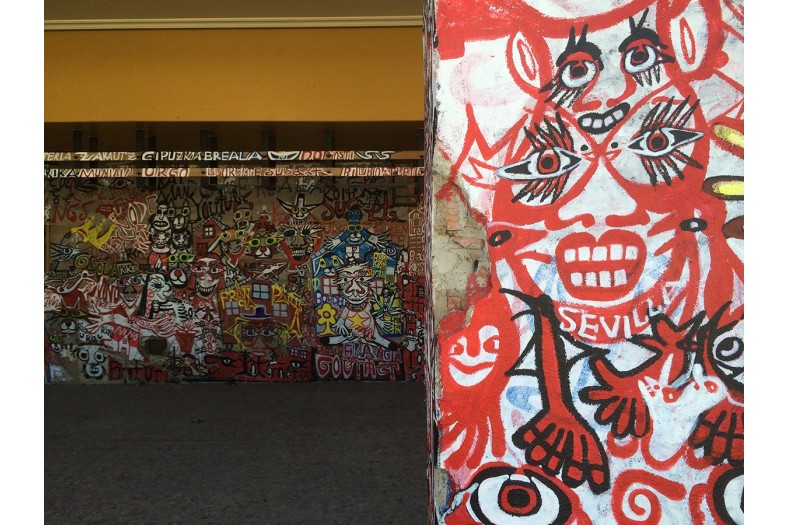

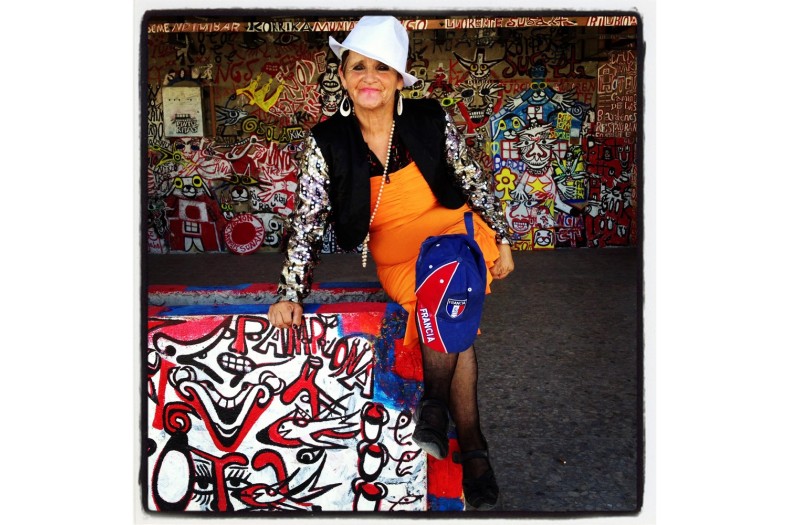
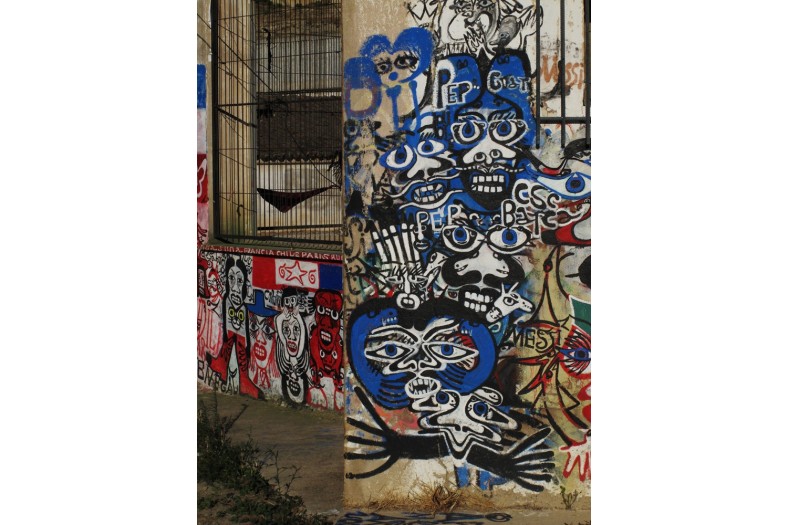
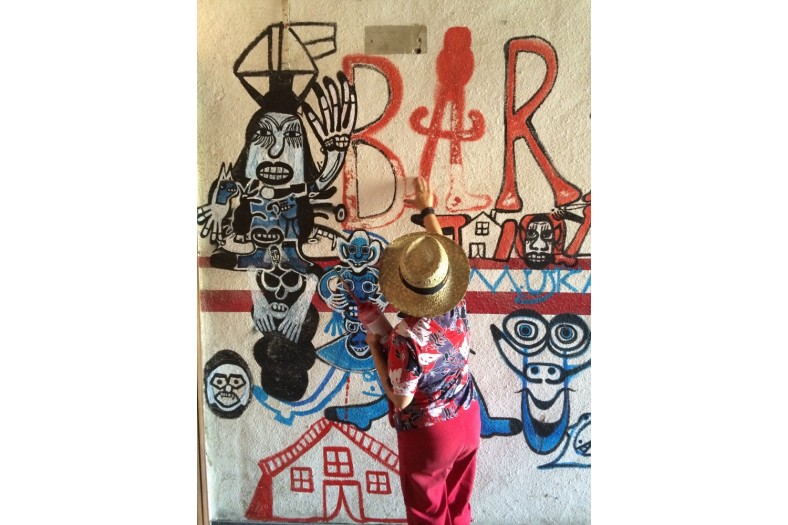
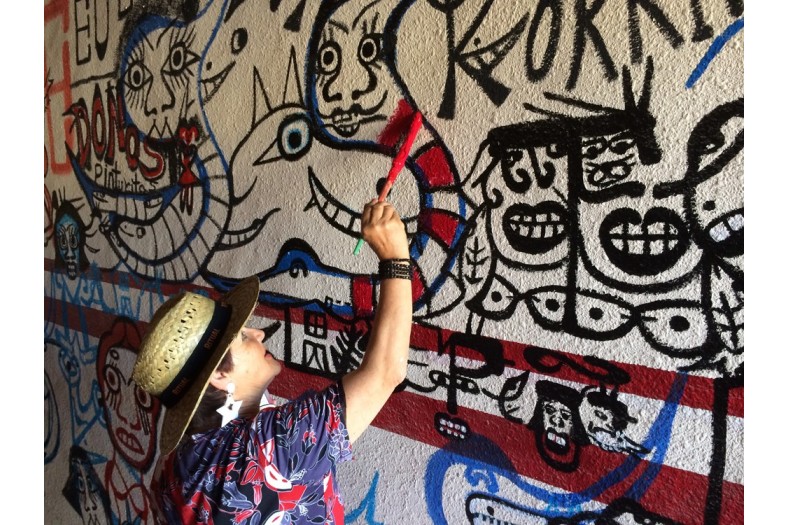
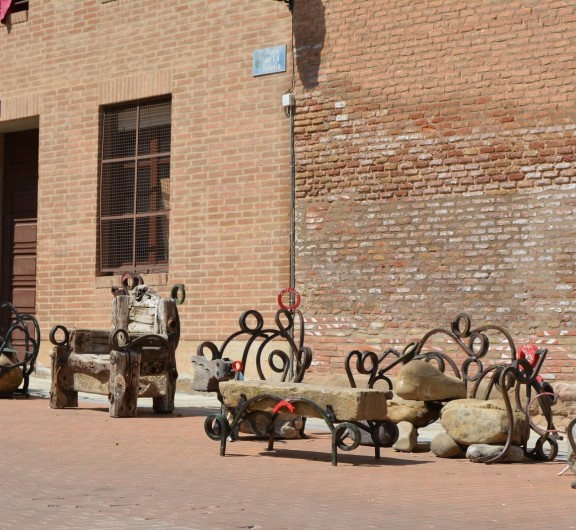
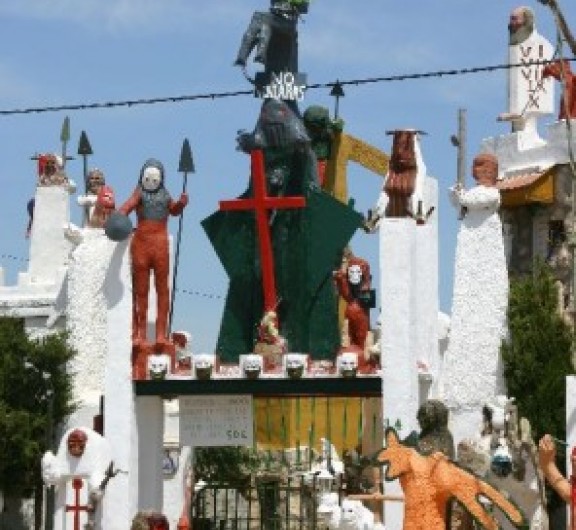

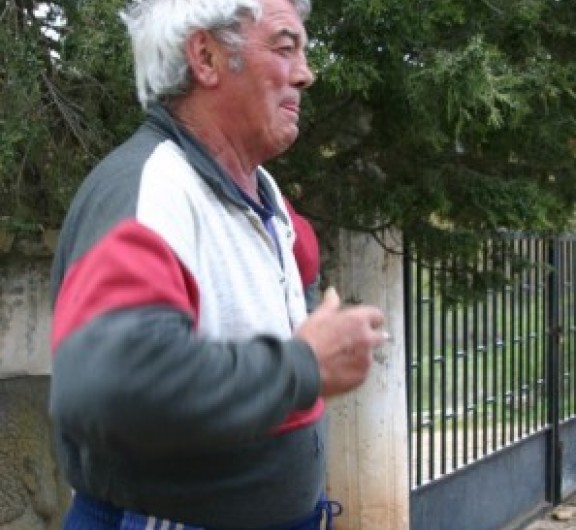
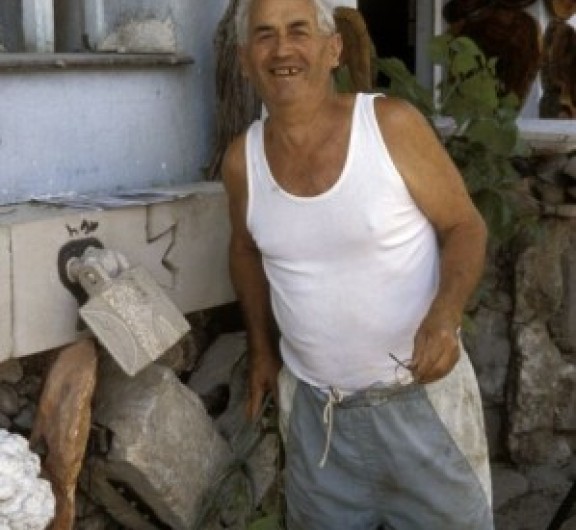
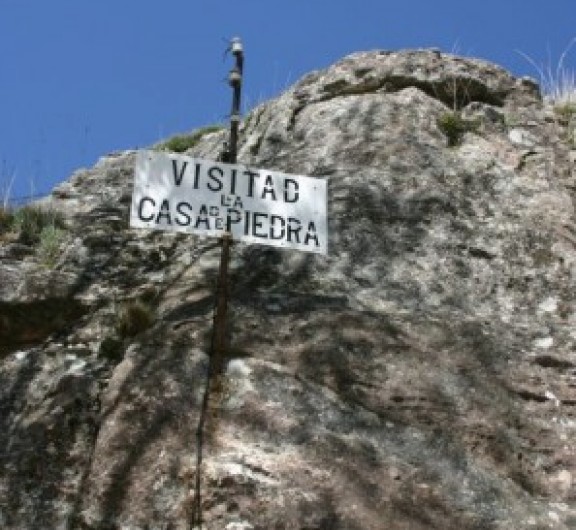

Post your comment
Comments
No one has commented on this page yet.